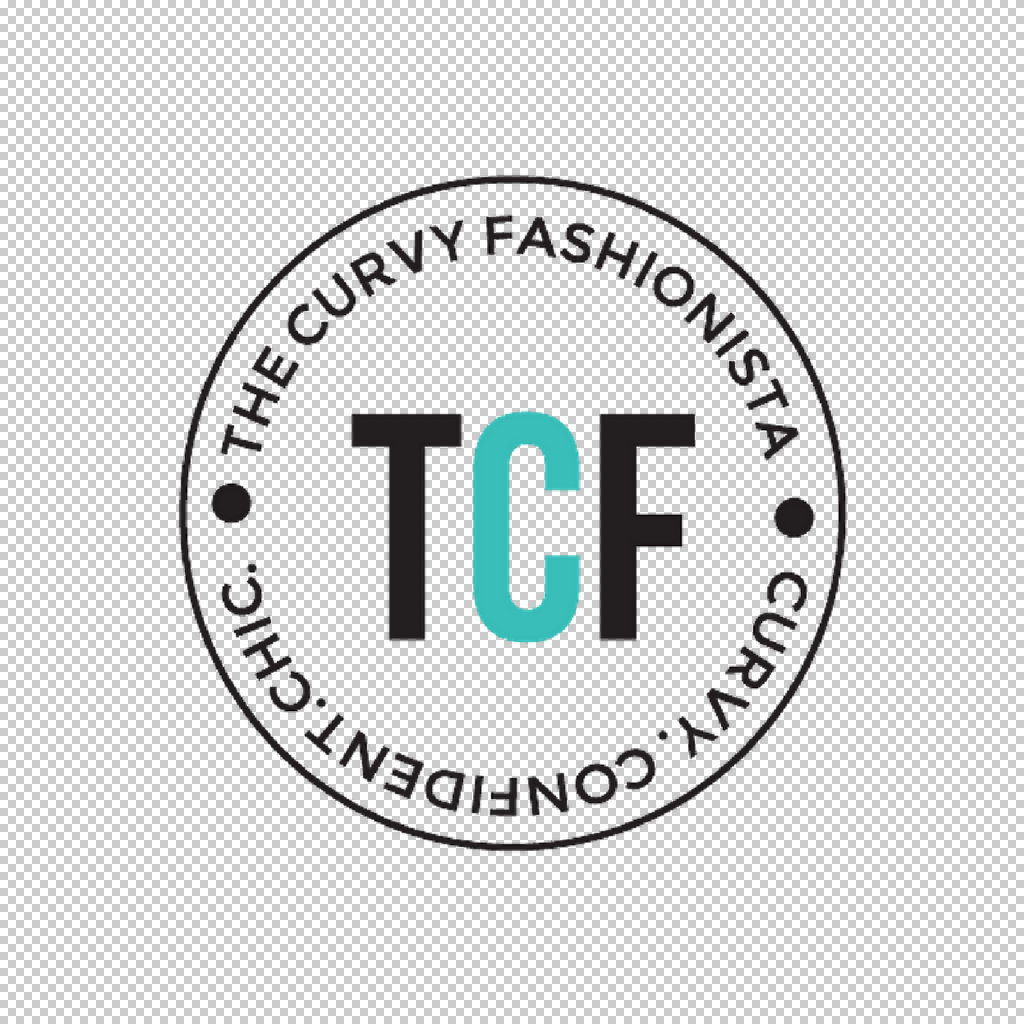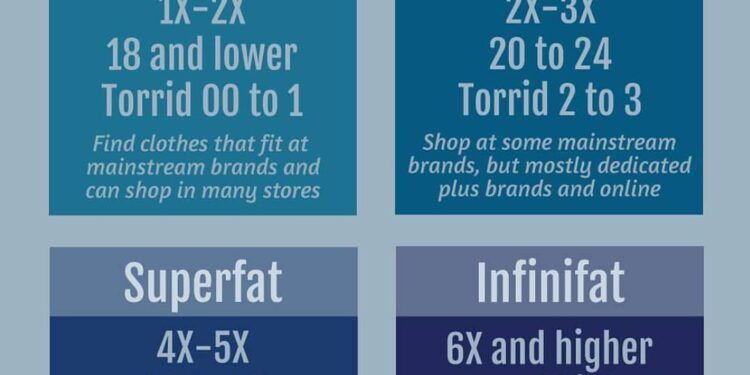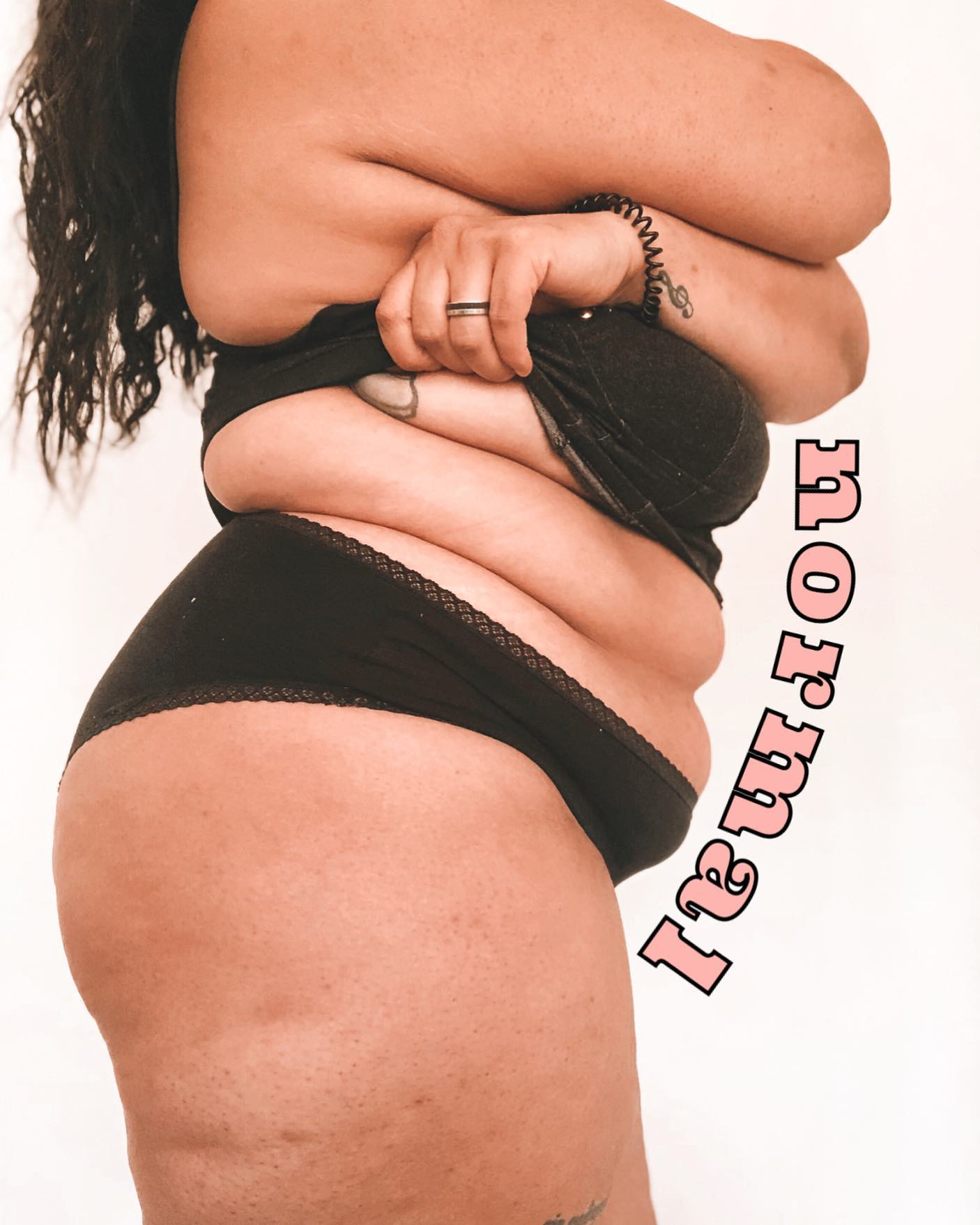You may have heard terms thrown around on social media like “small fat” or “superfat” and if you weren’t already familiar with them, you may be wondering what they mean and why they are used. Probably the most used opposing rationale to these terms is that the “plus size community is gatekeeping fatness.” Many people claim they’ve been told by people on social media that they “weren’t fat enough” to participate in a conversation about body positivity.
We believe a lot of this boils down to miscommunication and a misunderstanding of the fatness spectrum terms. Our goal is to explain why breaking fatness down into discussable categories is really important to understanding the goals of fat liberation.
What Terms Do We Use to Discuss Fatness?
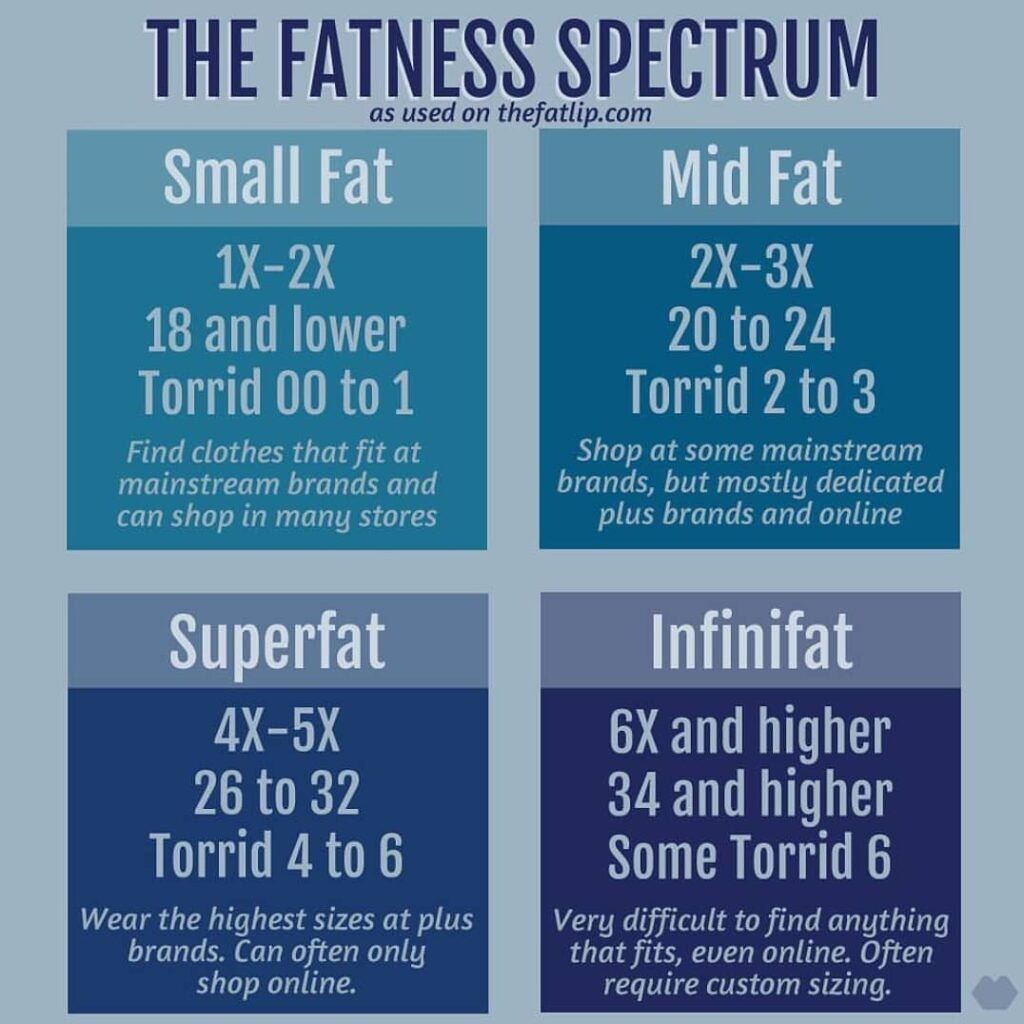
Let’s start with the term “straight size.” You may have heard this used to describe clothing that is not plus size. It depends on the retailer, but generally it would be anyone who is able to shop at a vast majority of stores, typically between sizes 0 and 14. Generally speaking, weight would not be a barrier in their lives because they are the most served population.
“Midsize” has become a HIGHLY debated term on social media. This term was originally intended to include those people who fell in between straight sizes and plus sizes when typically stores were only going up to a size 10 or 12. However, there are currently two things that have changed since this term developed.
One: straight sizes can be offered by retailers now in sizes 14, 16, or even 18 in some stores without being relegated to the plus size section.
Two: People who do not even fall within in this size range have started adopting this label to signify that they aren’t super thin, but wear a size medium or large.
The term ‘midsize’ is typically not used when discussing fatness because it’s often used by people who want to distance themselves from fatness and dodge acknowledgment of their proximity to thinness. It is also a way to tag on to the popularity of the body positivity movement, the meaning of which has also morphed thanks to social media.
A term that was developed prior to ‘midsize’ for people who are size 18 and below is “small fat.” A lot of people who consider themselves midsize reject this term, appearing to have an issue with the word fat. Small fats are on the smaller end of the fatness spectrum. They can face medical discrimination and criticism by others, but generally they have access to clothing, seating, etc. with few restrictions.
There is often a lot of focus on small fats because they are deemed the “acceptable” fat bodies. Being called “thick” or “curvy” is seen as positive, but anything more than that is demonized. Brands often use small fats as models to promote their plus size lines because they are seen as more acceptable by society. In turn, their voices are often the ones pushed to the forefront. It’s very rare for a small fat to center more marginalized bodies and not their own.
“Mid fat” is used for anyone who is a size 20-24 and has less access to clothing in brick-and-mortar stores. This is typically the highest end that retail stores offer in terms of plus sizing. Because this size range would be visibly larger, they would experience more discrimination than small fats and have less access in public spaces.
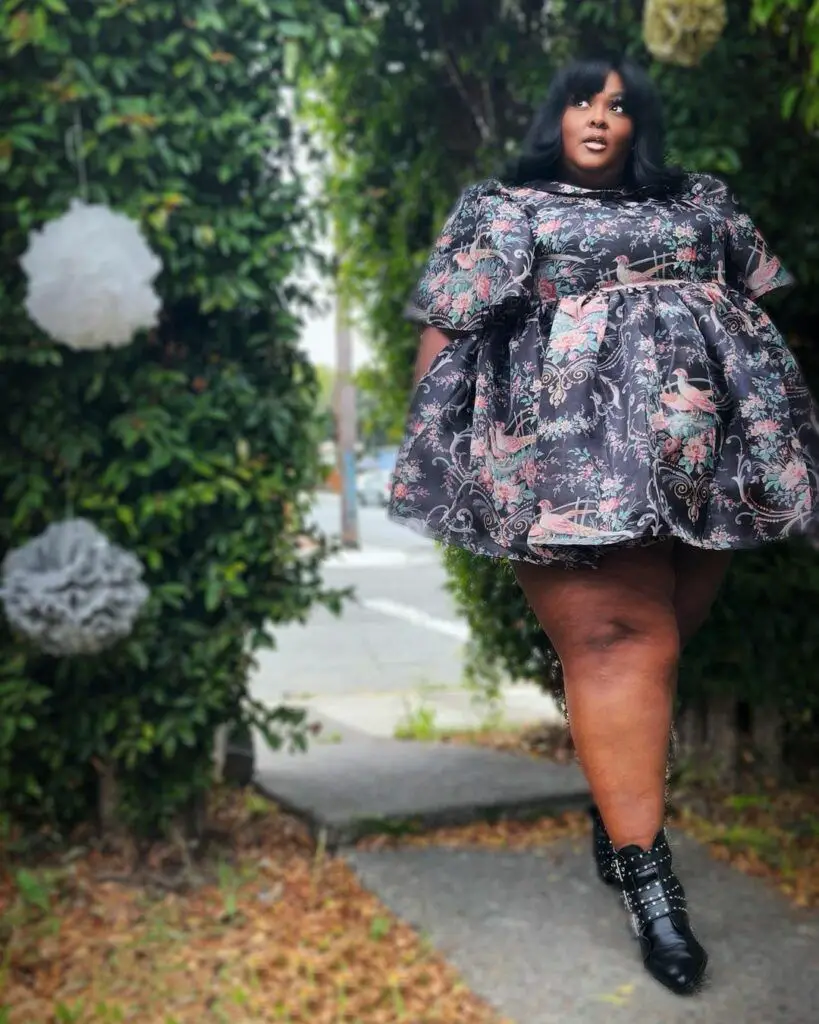
“Large fat” or “superfat” is used for sizes 26-32, which we know really only have access to online clothing options. Again, as we get further from straight sizes, the more discrimination increases and access lessens. Which is one of the reasons that Saucye West created her campaign, #FightforInclusivity, which challenges brands to extend their size ranges, to truly make fashion accessible.
“Infinifat” describes anyone over a size 32. It’s used for those of us that are the most underserved in fat communities because they are the largest. They have the most significant barriers to healthcare, lack of access to clothing, lack of access to public spaces, discrimination in the workplace, and more.
“Death fat” was a term created not to include a specific size range, but can be used for anyone who wants to reclaim their medically termed “morbid” fatness.
Why is the Fatness Spectrum Important?
It’s pretty obvious to most of us from looking around in the world and from personal experiences, that people in smaller bodies are treated completely differently from larger bodies. But even amongst fat people, we still experience differences and sometimes this is solely based on our body size and how we move through society.
The fatness spectrum is helpful in acknowledging that there are different levels of fatness and that MATTERS! It means those on the larger end have less access and will have different experiences than those who fall on the smaller end. It comes down to this – the closer someone is to the beauty standard, the more they are accepted by society.
We asked Victoria, who goes by @fatfabfeminist on TikTok and Instagram, why this topic of the Fatness Spectrum is important. Victoria says, “I think it’s important for contextualizing to fat people where they exist on the spectrum of fatness. Often smaller fats are the ones who dominate the conversation on fat issues without always understanding that the larger you get on the spectrum, the more fatphobia impacts you.”
Victoria continues, “The fatness spectrum is not, in my opinion, something that should be meant to serve as an identity or anything. That was a critique I’ve gotten. It’s more to remind yourself of the other people in your community, so you know that you’re fighting for not only yourself, but for everyone larger too.”
As mentioned previously, it is rare for a straight sized person or a small fat to really push for the acceptance of bodies larger than their own. Liberation trickles down once the most marginalized bodies have access and are not discriminated against. Those are the voices that should be at the forefront of fat liberation because they are the ones that need the most change and support.
If This is New Information for You, Here’s What You Can Do Going Forward
Take some time to reflect on your own privilege depending on where you fall on the fatness spectrum. If you aren’t a fan of the term that fits your size as listed above, try to sit with that discomfort and deconstruct why the term makes you uncomfortable.
It’s important to think about how you can better support those who face more discrimination or have less access than you.
Remember that we will not fully have fat liberation until the most marginalized of us are free from oppression.

